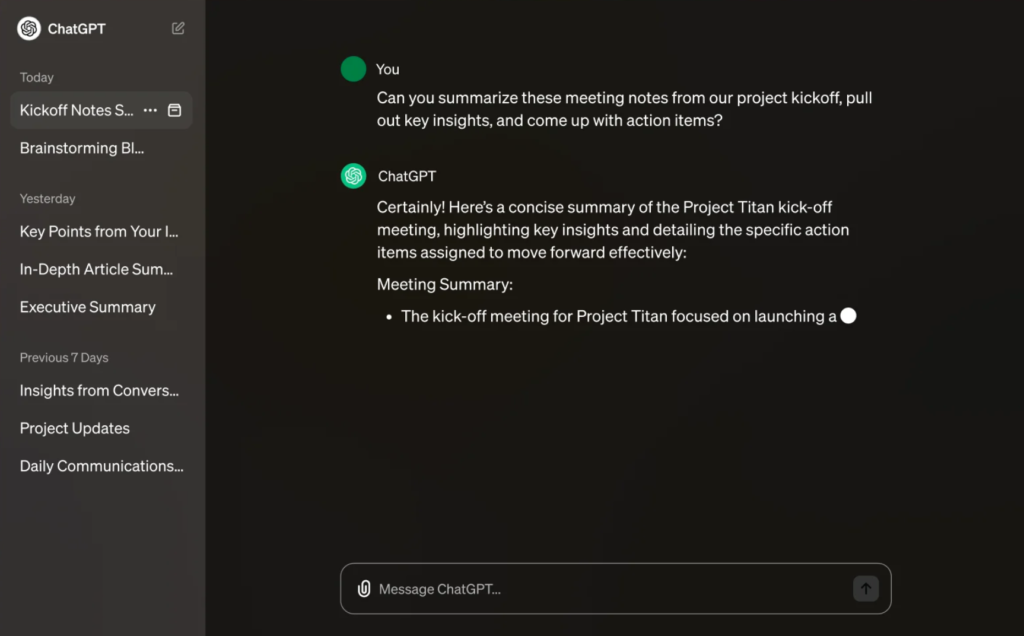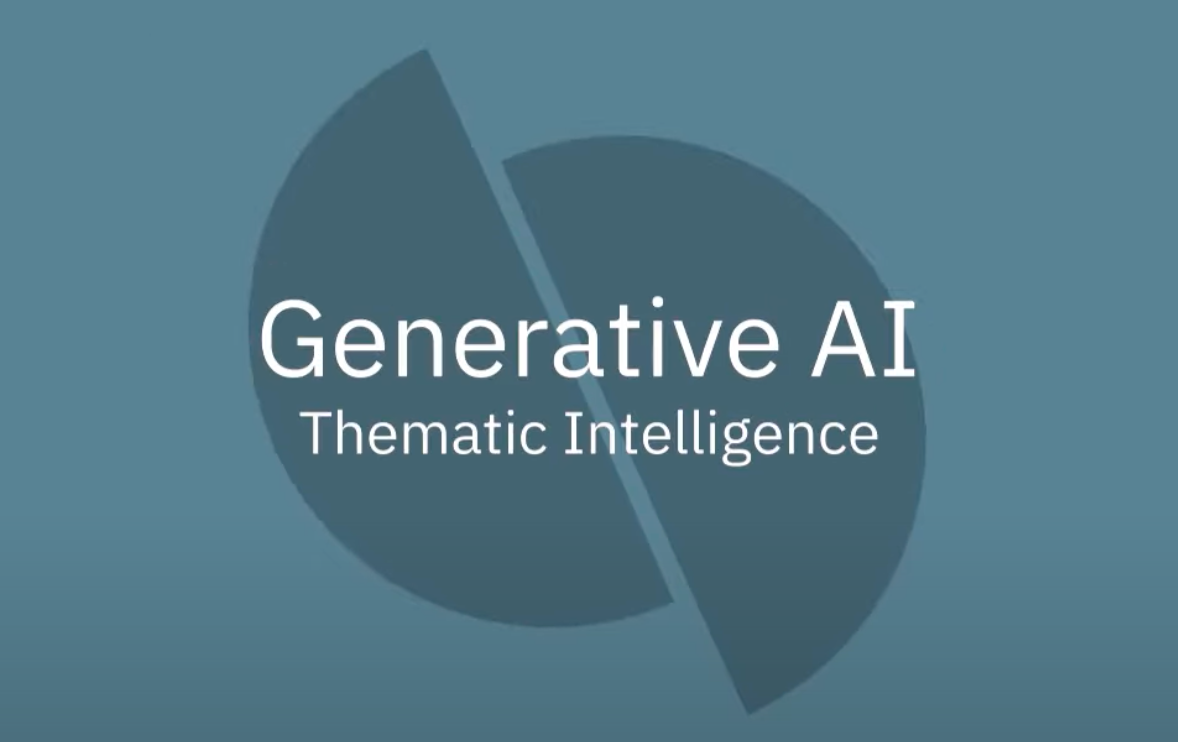Gen AI involves using machine learning algorithms to create new content such as images, music, text, software code, or even designing new structures or products. It is the fastest growing of five advanced AI capabilities within our artificial intelligence value chain.
Key Areas of Gen AI
The Gen AI landscape is continuously evolving and can be divided into six key areas: image, code, text, video, speech, and design. A buzzword in the tech world right now is ChatGPT, a large language model (LLM) developed by OpenAI.
LLMs are designed to learn from vast amounts of text data and use that knowledge to generate responses to questions or prompts with human fluency.
While chatbots have been around for some time, ChatGPT goes beyond typical query-answering features. Based on user input, it can generate and debug codes, write essays, and provide detailed explanations.

Gen AI could have an impact across business processes and sectors.
Business Applications of Gen AI
Some key use cases include advanced search, asset management, content creation, contract management, customer management, and data augmentation. It also plays a role in dynamic interaction, generative design, process management, and product development.
Market and Investment in Generative AI
The generative AI market is nascent in terms of commercial deployments. However, due to its disruptive potential, the market is attracting significant investment from both established tech players and startups.
OpenAI has emerged as the most prominent startup in the generative AI landscape with the image generator DALL·E and ChatGPT launched in December 2022. Big tech companies such as Google and Microsoft are increasingly aggressive in the generative AI space.
Industry Integrations and Partnerships
Microsoft has integrated ChatGPT within its Bing search engine and Edge web browser, while Google has launched the Bard AI chatbot. Salesforce has developed Einstein GPT, which creates sales and marketing content. It also announced a $250 million fund to foster a startup ecosystem in generative AI.
Adobe and Nvidia have partnered to co-develop a new generation of advanced generative AI models.
Challenges and Regulations
Developments in this space are happening at a pace that makes it difficult for regulators to keep up. However, regulations are being considered as concerns over data privacy, misinformation, and cybersecurity grow. In an unstable world, foresight is crucial for success.
Read about popular AI tools:

